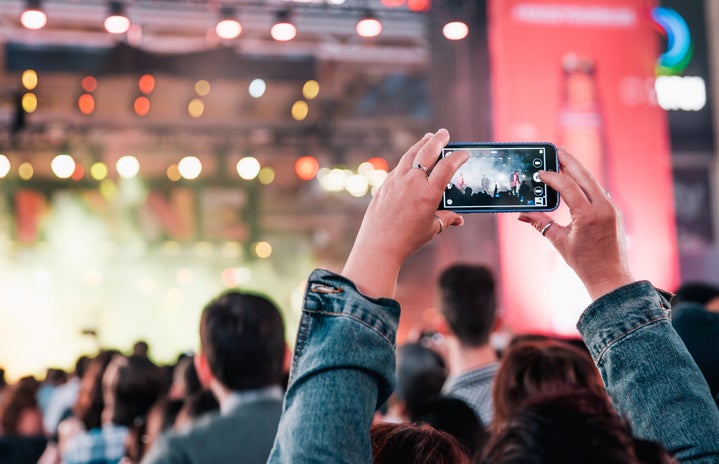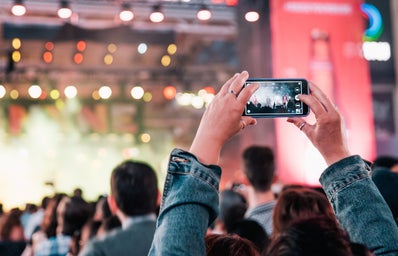What am I going to wear? That’s a frequent question when it comes to choosing an outfit for a music festival. Everyone wants to wear something that expresses themselves and matches the vibe of the event. Thanks to that, most of the fashion trends we see today are influenced by this.
Even though this “ritual” can seem to be something just to post on social media, especially because influencers take it too seriously as they plan their outfits months in advance, it is much more than that. When the internet didn’t have the strength it has today, the trends that would rule fashion at that period came from music festivals. The concert fashion was always considered as important as the event itself.
Woodstock: The First Festival Fashion Influence
The world’s most famous music festival happened in 1969. Representing the landmark of Counterculture from the 1950s and 1960s, the event reunited at least more than 400 thousand people in Bethel, New York. Idealized by the dissatisfied youth, the festival’s legacy was linked to the Hippie Movement, whose slogan was love, freedom, and peace. The young people started to see through rose-colored glasses (literally).
The willingness to protest in a peaceful way was reflected in the outfits. Free-spirited clothes and a lot of flowery details took over the fields of Woodstock. The hippie style was born! Headbands, fringes, ponchos, rounded colored glasses, flowery dresses, hats, tie-dye prints, and denim were the main items seen at the event (and they are still a fashion trend nowadays).
Not only the spectators had a cool style. You have probably already seen pictures from the artists who performed at Woodstock and remember some iconic pieces, such as Jimi Hendrix’s beaded fringe jacket (personally my favorite) and Janis Joplin’s tie-dye dress with bell sleeves.
Coachella: The Hippie Style in a Modern Way
Known for being a celebrity hotspot, the festival is also famous for its concerts, as it presents the most famous artists from the actuality. Following Woodstock’s footsteps, Coachella is also driven by the hippie aesthetic, but in a modern way. In its golden era, the festival was responsible for turning the “boho-chic” viral, defined as an abbreviation of the word “bohemian” which is related to a life full of personality and freedom.
In the early 2010s, Vanessa Hudgens, Alessandra Ambrosio, Selena Gomez, Kendall and Kylie Jenner were the “It-girls of Coachella”, as they had a powerful fashion influence. Everything they wore during the festival days would go viral on social media. They always seemed to be on the theme. Not only their clothes but also their accessories, makeup, and hairstyles would serve as an inspiration for the ones attending the concerts.
Festival Fashion As A Potential Commercial Strategy
Due to the popularity of the celeb’s festival looks among their followers, the brands started to see a commercial opportunity when it comes to promoting their clothes in collaboration with famous people. This is not just for Coachella, even in Brazilian music festivals, such as Rock in Rio and The Town, it is common to see celebrities dressed up by fashion brands, especially the singers who wear custom-made clothes. The combination of Gen Z’s taste in music and their appreciation for the idols represents a genius advertisement strategy of fashion brands.
Much more than just a “ritual”, dressing up for a music festival not only expresses identity but also represents the trendsetter pieces that will increase the profits of the fashion industry.
The article above was edited by Isadora Costa.
Liked this type of content? Check Her Campus Cásper Líbero home page for more!


